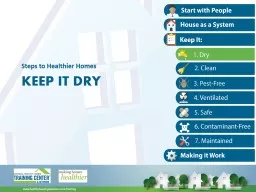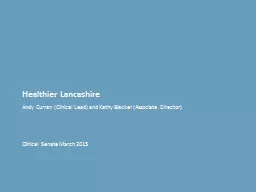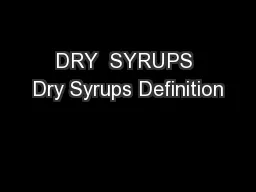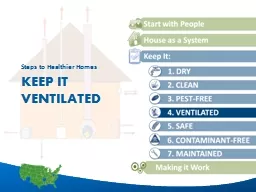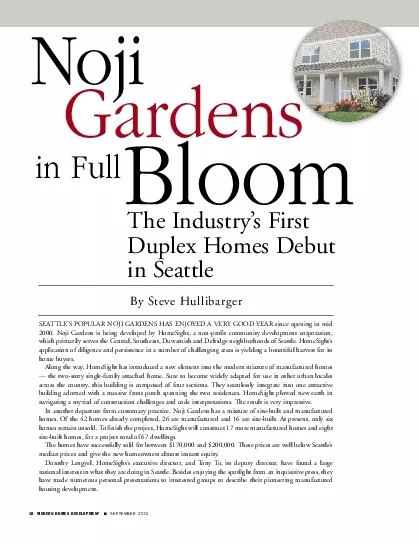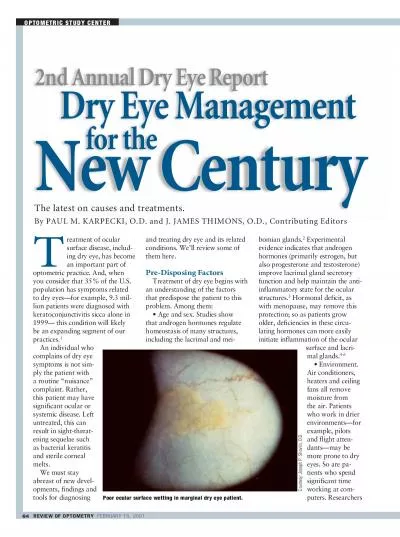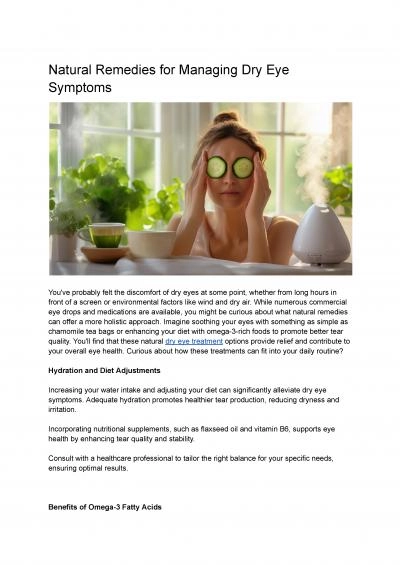PPT-Keep it dry Steps to Healthier Homes
Author : mitsue-stanley | Published Date : 2018-02-27
Learning Objectives Page 41 Mold amp Moisture Health Effects Upper respiratory tract symptoms Coughing Wheezing Asthma symptoms Hypersensitivity pneumonitis Page
Presentation Embed Code
Download Presentation
Download Presentation The PPT/PDF document "Keep it dry Steps to Healthier Homes" is the property of its rightful owner. Permission is granted to download and print the materials on this website for personal, non-commercial use only, and to display it on your personal computer provided you do not modify the materials and that you retain all copyright notices contained in the materials. By downloading content from our website, you accept the terms of this agreement.
Keep it dry Steps to Healthier Homes: Transcript
Download Rules Of Document
"Keep it dry Steps to Healthier Homes"The content belongs to its owner. You may download and print it for personal use, without modification, and keep all copyright notices. By downloading, you agree to these terms.
Related Documents

